
Analysis | UK election: what you need to know
Here is a guide to how Britain’s election will work
Conservative Prime Minister Theresa May, who came to power without a national vote last year after David Cameron’s resignation, called the election three years early after just one year in charge.
Election basics
Polls open at 7 am (2 pm Hong Kong time) and close at 10 pm (5 am Hong Kong time Friday), though anyone who is in the queue to vote when the polls close may do so. Voting is not compulsory.
When voting closes, an exit poll will be published simultaneously by BBC, ITV and Sky. It is conducted by pollsters GfK and Ipsos MORI, who will speak to thousands of voters at more than 140 polling stations around the county.
In 2005 and 2010 the exit poll accurately forecast the number of seats won by the largest party.
Britain is a parliamentary democracy, meaning that the government is formed from lawmakers rather than being separately elected.
The defining principle for any prospective government is that it has the support of a majority of lawmakers in the elected lower chamber of parliament, the House of Commons.
The national election is thus the election for the House of Commons.
Voters are asked to elect a member of parliament for their local constituency, which on average have about 72,000 voters.
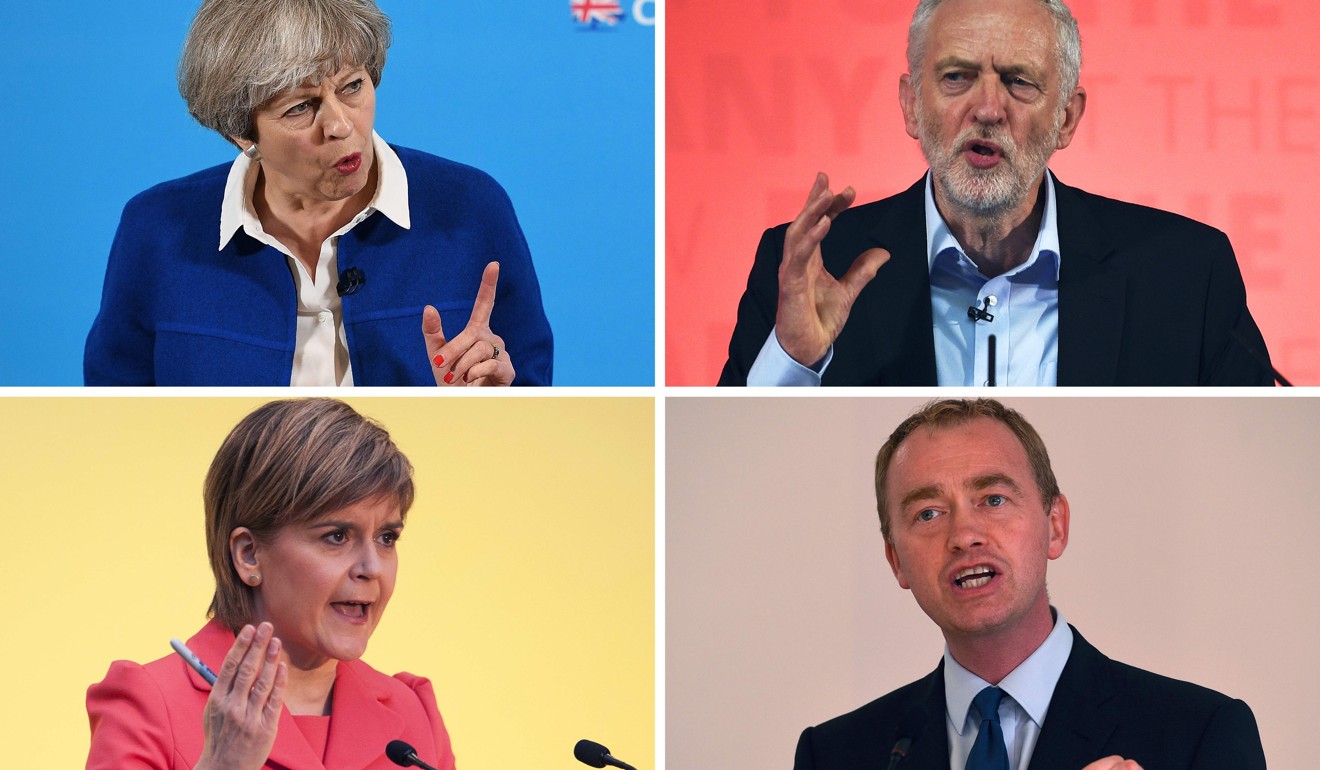
Britain’s first-past-the-post electoral system means a winner-takes all situation. There is no system of proportional representation for candidates who come second in each constituency.
For the election to produce a majority government, the biggest party theoretically must win at least 326 seats of the 650 regional constituencies. But in practice, the threshold for a majority is around 323, because the Irish republican Sinn Fein party does not take up any seats it wins in Northern Ireland.
A party which wins a majority will seek to implement policy proposals which it set out during the campaign. By convention, the unelected upper house, called the House of Lords, will not block or hinder policies that were pledged during the campaign.
If the government has a small majority or needs to enter coalition, its ability to run the country will be typically tested by a vote on the Queen’s Speech - a speech at the start of a parliament setting out a legislative agenda which has been prepared by the prospective government and is read out by Queen Elizabeth.
Results to watch out for
Houghton and Sunderland South
Due to be the first result of the night. It was one of the first big Leave-voting areas to declare in last year’s referendum on European Union membership, shocking markets by backing Brexit more strongly than expected.
It is held by the opposition Labour Party, with a majority of nearly 13,000 votes, but will be closely watched for the fortunes of the anti-EU UK Independence Party (UKIP), which came second here in 2015 with more than 8,000 votes.
Nuneaton
Considered a national bellwether seat, Nuneaton could provide an early clue of the possible swing between May’s Conservatives and Labour.
Darlington
This Conservative target seat, which voted in favour of leaving the EU, is held by Labour with a majority of 3,158.
Northhampton North
This seat has elected a lawmaker from the winning party at every British national election since it was created in 1974. It is held by the Conservatives with a majority of 3,245.
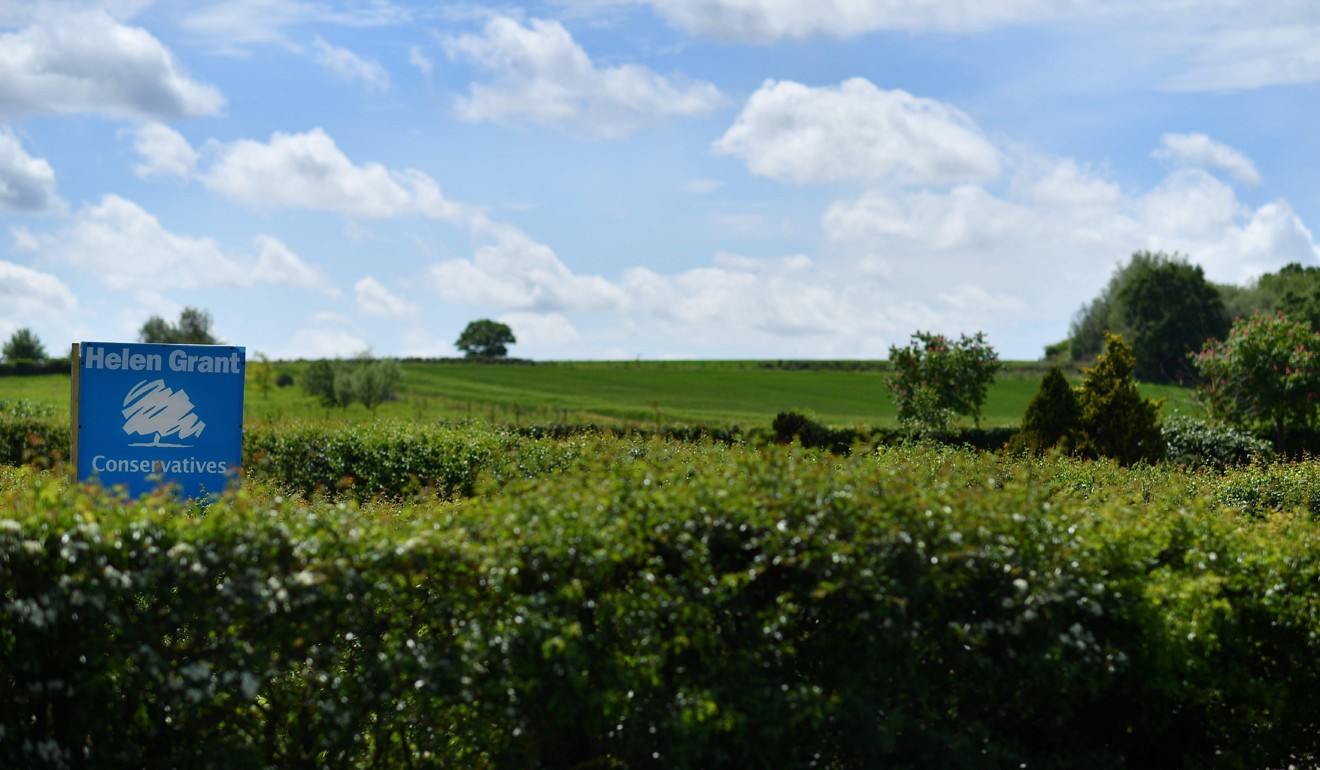
Bury North
This is a Conservative-held marginal seat, with a majority of just 378 voters. It has been a bellwether seat so if the Conservatives lose it, despite facing no UKIP candidate, it could be a sign they are at risk of losing their majority.
Moray
The seat of the pro-independence Scottish National Party’s leader in Westminster, Angus Robertson, who won it with a majority of just over 9,000 in 2015. At local elections in May the Conservatives won a greater vote share here than the SNP.
If the swing seen then is repeated, Robertson would lose his seat. Moray, which voted in favour of Scotland remaining in the United Kingdom in 2014, was the closest Brexit result in Scotland, with “Remain” just 122 votes ahead of “Leave”.
Wrexham
This seat in Brexit-supporting Wales is held by Labour with a majority of 1,831 and has never been won by the Conservatives.
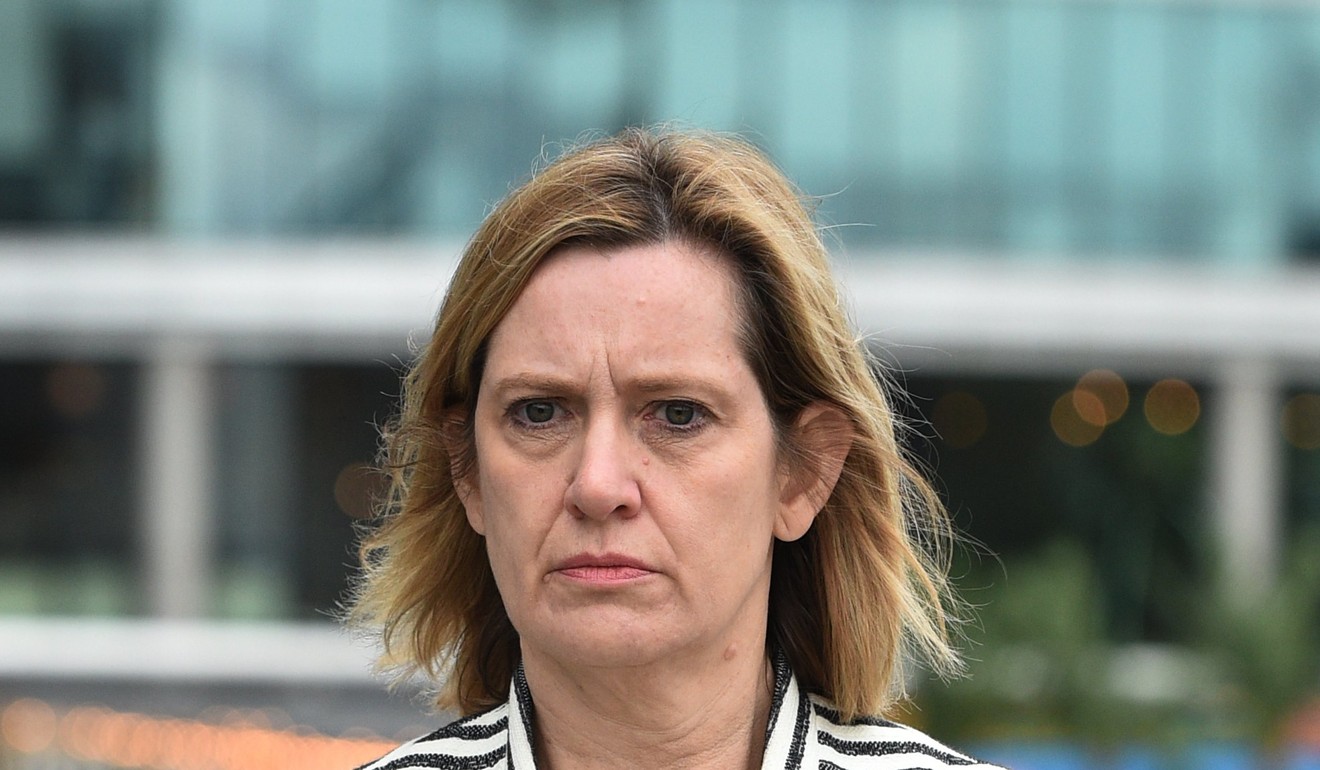
Hasting and Rye
This is the seat of interior minister Amber Rudd, who has played a prominent role in the election campaign and is tipped as a possible successor to finance minister Philip Hammond. She has held it since 2010, and won a majority of 4,796 in 2015.
The Green Party, which won just under 2,000 votes there in 2015, has agreed not to field a candidate in a bid to help Labour try and unseat Rudd. Pollster YouGov’s election model has predicted they could succeed in doing so.
Kingston and Surbiton
This seat is being targeted by the pro-EU Liberal Democrats, who lost it to the Conservatives in 2015.
The area voted strongly to remain in the EU at last year’s referendum. Whether the Liberal Democrats are able to overturn the Conservatives’ majority of 2,834 will be a key test of how far remain supporters are willing to back May’s Brexit plan.

Westmorland and Lonsdale
The seat of Liberal Democrat leader Tim Farron. He won it with a majority of nearly 9,000 votes in 2015 but his party’s expected surge in support due to its anti-Brexit stance has failed to materialise.
Cumbria, where the seat sits, voted in favour of Brexit and the Conservatives are hoping to oust Farron. They are likely to be helped by the fact UKIP, which got just over 3,000 votes there in 2015, are not standing.
Brighton Kemptown
This marginal seat is held by the Conservative minister responsible for financial services, Simon Kirby, with a majority of just 690. It voted strongly in favour of remaining in the EU.
It has been a bellwether at national elections since 1979 and the Green Party, who won more than 3,000 votes here in 2015, are not standing. Labour need to win seats like this if they are to have any chance of being the largest party nationally.
Halifax
This is one of Labour’s most marginal seats, with a majority of just 428. It voted in favour of Brexit. May’s Conservatives launched their election policy document here and need to win seats like this if she is to win a comfortable majority.
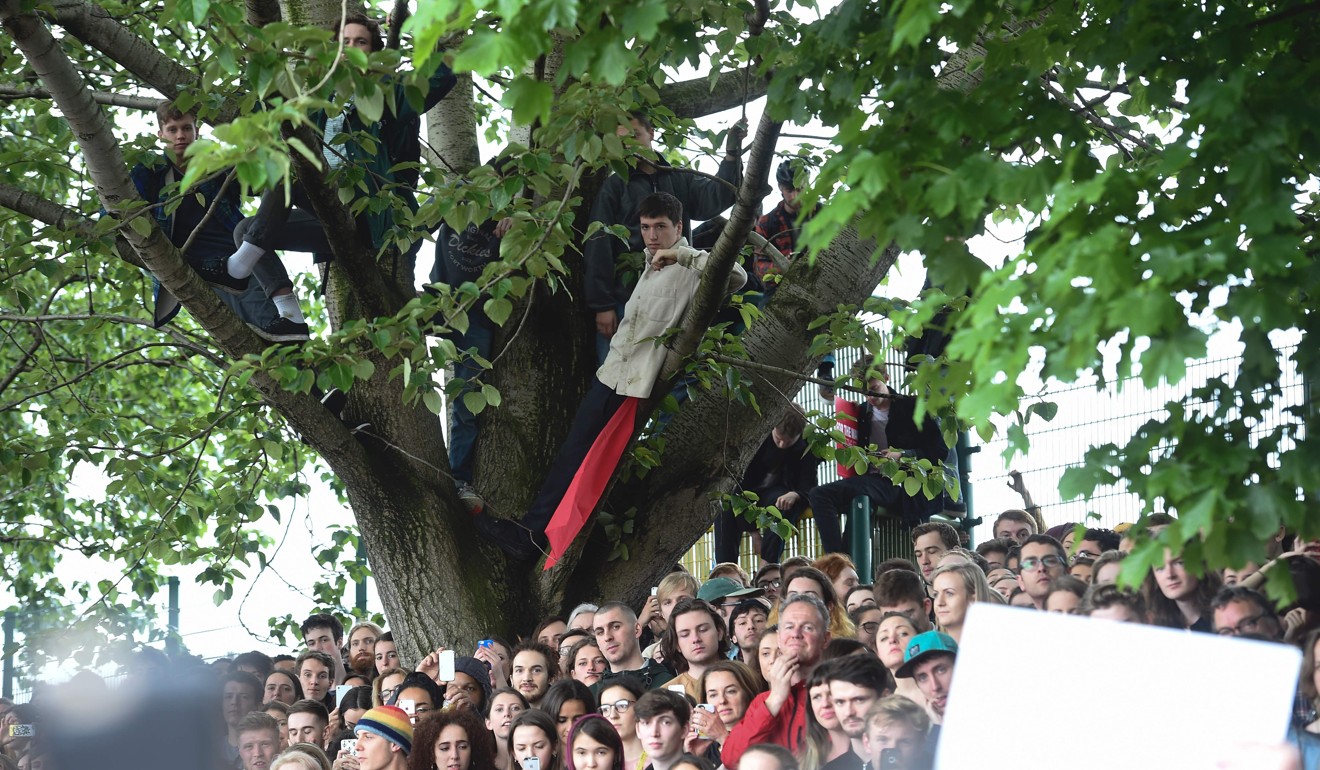
The electorate
Turnout at national elections in Britain has fallen since the 1950s, when it used to be over 80 per cent.
The number of register voters in the 2015 general election was 46.4 million. Turnout was 66.4 per cent, the highest turnout since 1997.
Turnout was higher at the 2016 referendum on EU membership, with 72.2 per cent of an electorate of 46,500,001 voting.
The deadline to register to vote was Monday May 22. On one day alone, the electoral commission received 622,000 applications.
The greatest spike in applications to register was among young people, with nearly 250,000 applications from under 25s on the day of the deadline. In 2015, turnout among those aged 18-24 was just 43 per cent.
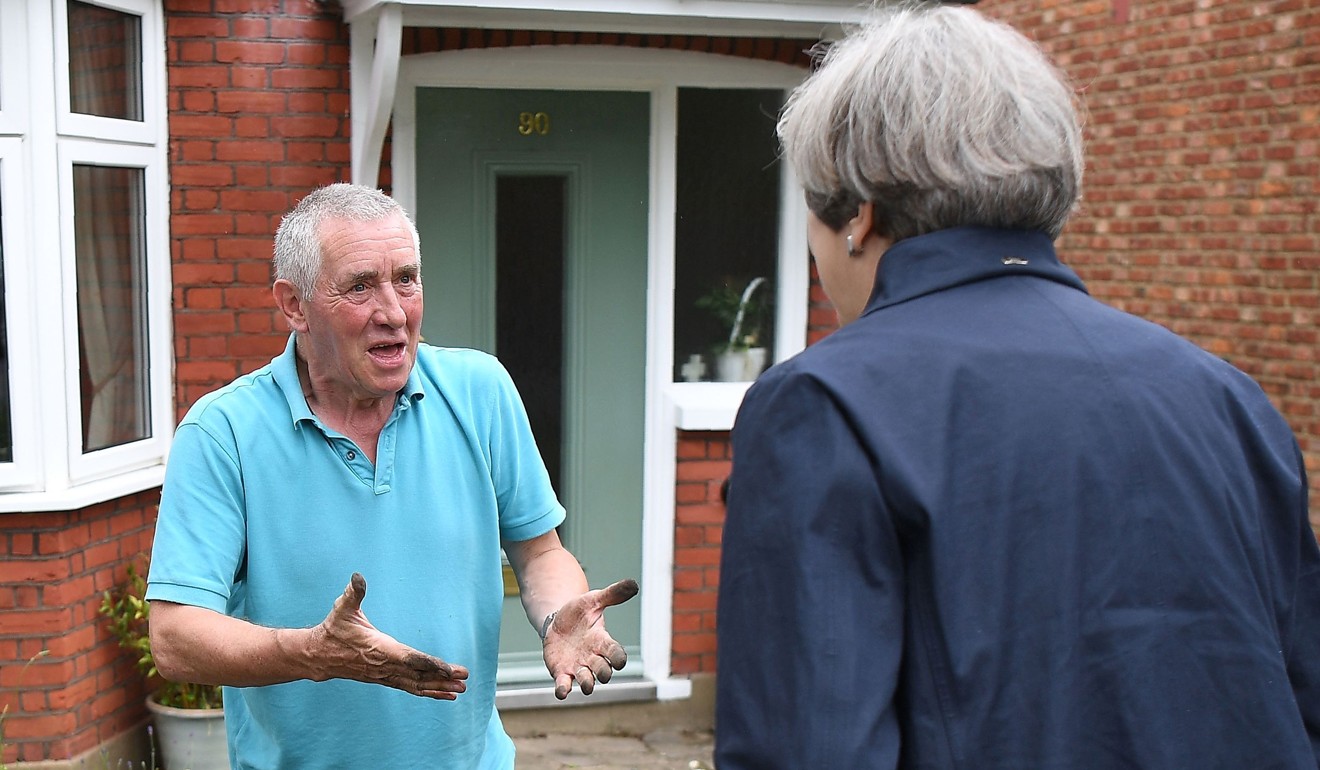
The opposition Labour Party polls better with younger voters, while May’s Conservatives are more popular with older generations.
In all, more than one million people under 25 have registered to voted since the election was announced in April, compared to around 700,000 in the same time period ahead of the 2015 election. Fewer over 55s have registered this time around compared to two years ago.
However, the Electoral Commission said that approximately 30 per cent of under 34s had not been registered compared to 4 per cent of over 55s.
Estimates from 2015 suggest that approximately 85 per cent of the eligible population are registered to vote.
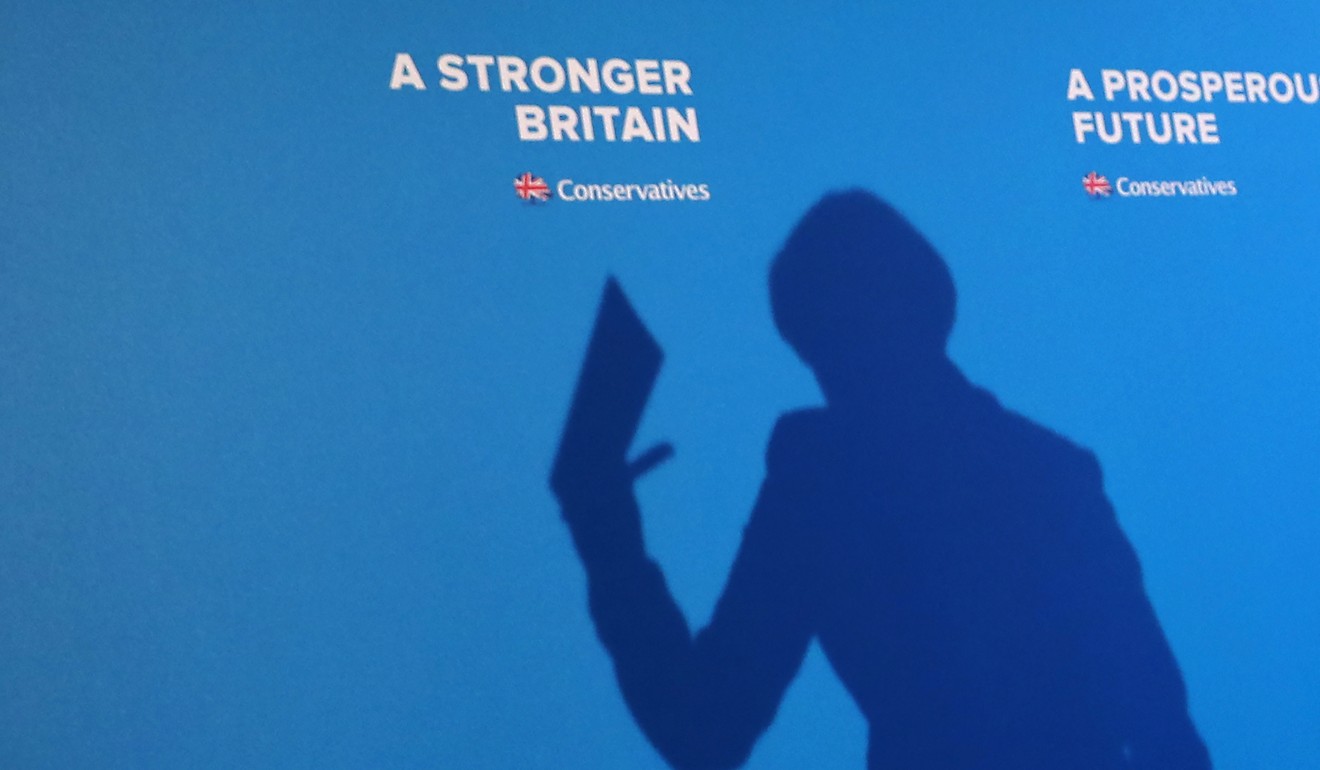
Who is in charge now?
Parliament was officially dissolved on May 2 and all 650 seats declared vacant.
Prime Minister Theresa May and her team of ministers remain in charge of their departments and retain their ministerial decision-making power.
But, by convention, the government refrains from taking major policy decisions, entering new long-term commitments or making high-profile appointments.
If a national emergency forces the government to act quickly, it may consult with the opposition informally to discuss the best course of action. When a new parliament is formed, it may be required to endorse actions taken during the interim period.
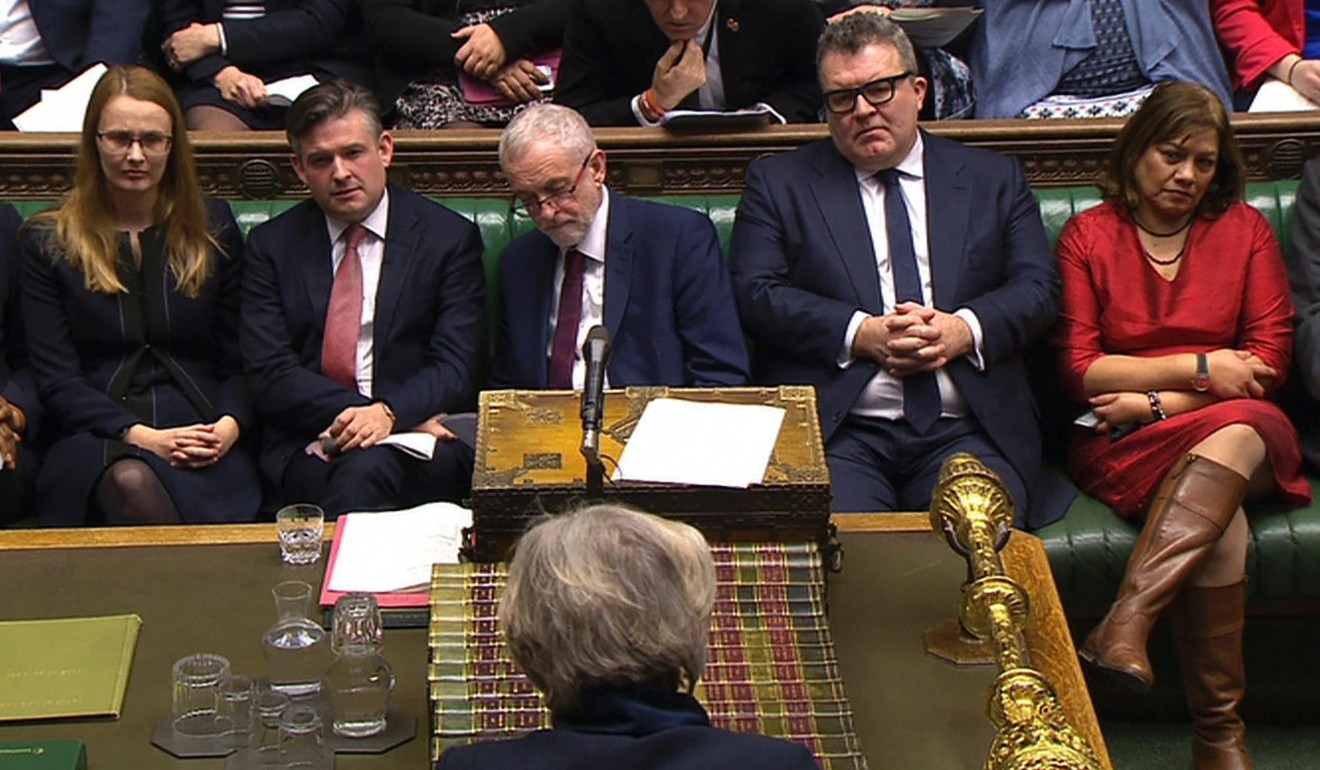
What’s the likely outcome?
Theresa May’s Conservatives currently hold a working majority of 17, and she called the early election in the hope of increasing it. The polls indicate she will win, though it is unclear by how much.
There is a large discrepancy between the pollsters, even as the consensus is that May wins while Labour has closed the gap on the Conservatives.
Polling firms widely predicted there would be no overall majority in 2015, with Labour possibly the largest party. The Conservative victory - and majority - came as a shock to pollsters and has prompted soul-searching.
“From the pollsters’ point of view this is an experimental election,” YouGov’s Anthony Wells said in a blog post. “We all got it wrong in 2015 and we are all trying different methods to get it right this year.”
Wells said that polls in 2015 over-estimated how likely young voters were to vote, and the difference between the pollsters this time around stems from the varied approaches to the problem that the firms are taking this time around
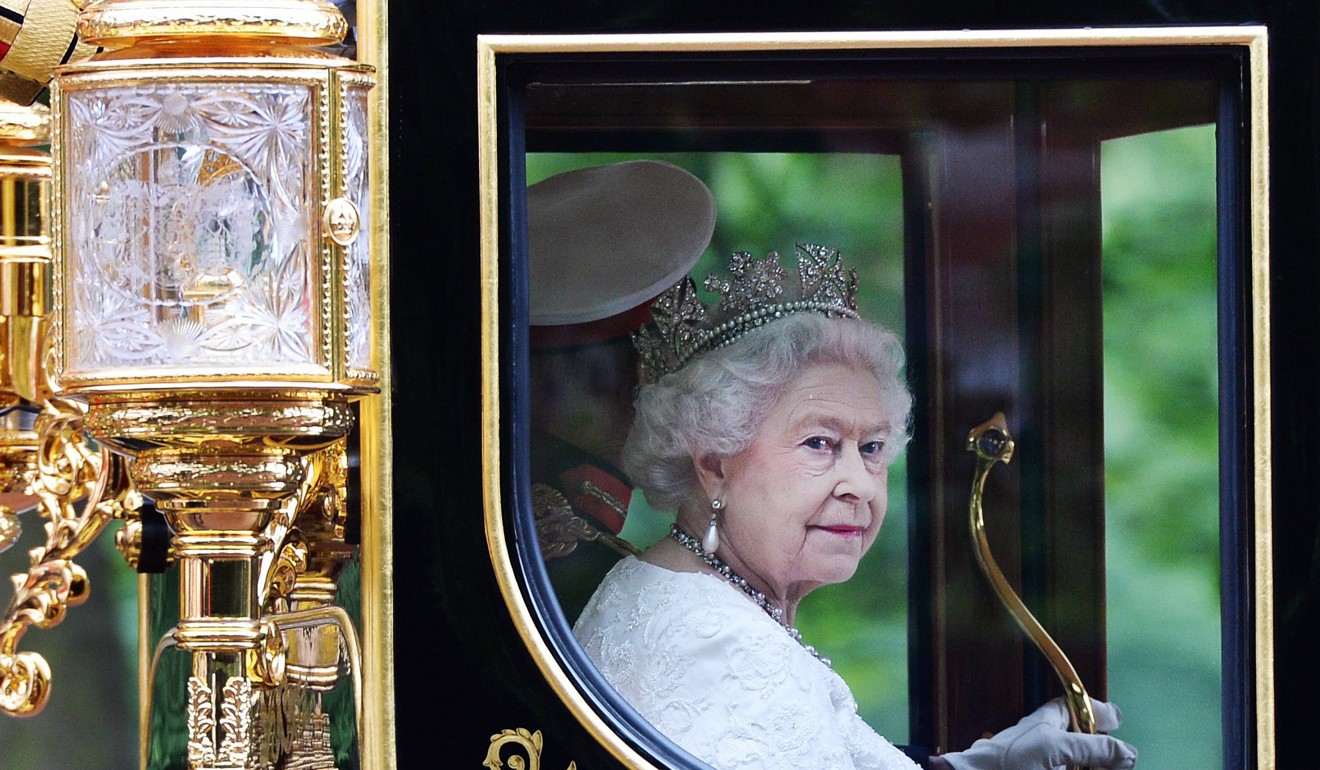
The role of the Queen
Queen Elizabeth has the power to dismiss a prime minister or to make a personal choice of successor but a monarch has not exercised this right since 1834 and the tradition is considered archaic.
By long-standing convention the queen does not get involved in party politics, and the formation of the next government is left to the parties to resolve amongst themselves.
Reuters, Agence France-Presse
